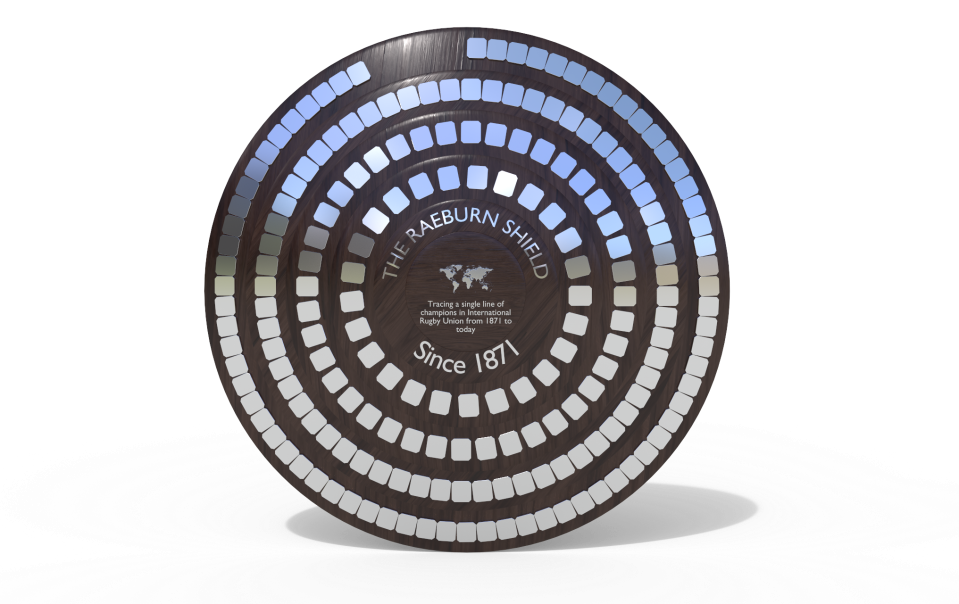The Raeburn and Utrecht Shields: The newest, oldest trophies in rugby?

It’s the one thing clubs strive for. Silverware. A piece of, usually, silver metal or varnished wood shaped into something teams grow to idealise.
The trophies of note tend to be the ones which have been around for the longest, and adopting new ones doesn’t always have a lasting effect.
So just what happens if a sport’s newest trophy has a history matching the oldest?
Step in the Raeburn and Utrecht Shields.
Named after the locations of the first internationals, Raeburn in Edinburgh for men and Utrecht in the Netherlands for women, the shields, currently sponsorless, are hypothetically won by beating the existing holders.
“What this represents is very, very real,” David Algie told City A.M. “Whether it is recognised by World Rugby doesn’t matter.
“The shields take winners from the very birth of the international game, it’s a lineal title similar to boxing.”
The first men’s international took place in 1871 between Scotland and England – the Scots won it.
The hypothetical shield would have been theirs until they were beaten, and then it would belong to their conquerors until they themselves were toppled, and so on.
England currently hold this title in both the men’s and women’s game, with the Red Roses on an 18-game unbeaten run and the men having just overcome South Africa in the autumn.
“Realistically, only 20 nations in any have a shot at the World Cup, but this shield opens up the pathway for smaller nations to be global trophy holders,” continued Algie, shield founder, though he prefers ‘guardian’.
“Romania held the men’s shield in the 1980s and Samoa held it after beating Wales in the 1999 World cup.”
“It’s a little bit like the Ranfurly Shield in New Zealand’s domestic rugby (where a challenge system has been in place for over a century). No matter your form, those games mean a lot more to the players and fans.”
The first women’s international took place in the Netherlands in 1982, between the Dutch and France.
And nearly 40 years on, the gulf in class between the top few teams and the rest may as well have been the same as having just the two international sides in existence.
The Red Roses’ long-standing winning run has exposed the lack of pathway investment in the women’s game.
“It’s not the answer, of course it is not, but the shield does show how investment can make the women’s game stronger,” Algie said. “What you will be doing in both men’s and women’s rugby is tracking, looking, seeing who holds it now and when your team can next win it.
“It was interesting seeing people online supporting England against the Boks so that the men’s shield would carry over into next year’s Six Nations.”
A key principle in officially recognising this challenge style system in rugby is that it requires no further games in an already congested calendar. The sport can continue on with challengers facing holders in the traditional international periods.
But in reality, what is the point?
“I love that question. There’s a lot of, to put it bluntly, made up shields and trophies. This isn’t made up, it has a history.
“We need it. International rugby is more fun when everybody competes for the same prize.
“What these shields do is allow us to enjoy a World Cup vibe for all four years of the cycle. It’s unpredictable, the All Blacks haven’t even held it since 2016.”
For more information visit www.raeburnshield.com